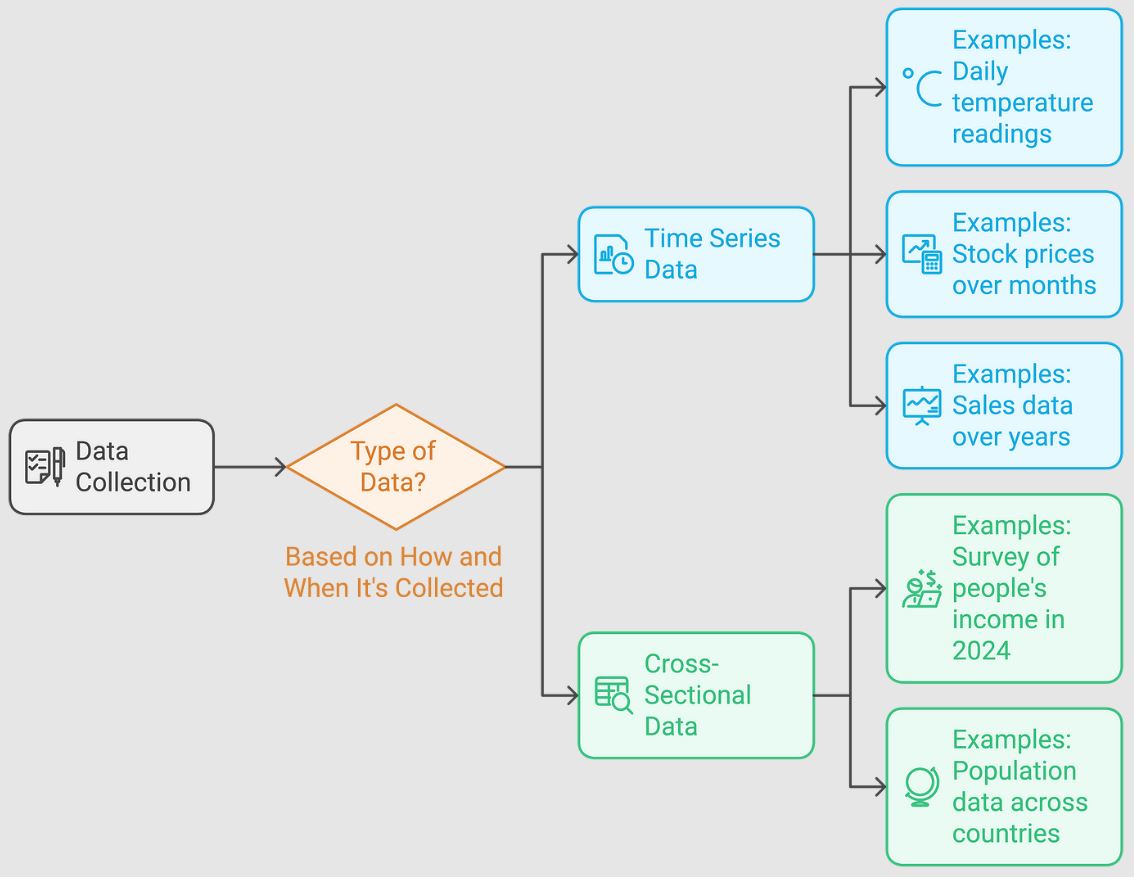 Diving into time series forecasting might feel overwhelming at first, but when you break it down into its core components, it becomes much more manageable. At its core, time series analysis is all about examining data collected over periods of time to spot patterns and make predictions. You’ll find that trends, seasonality, and residuals are the key elements that help you understand and forecast time series data effectively.
Diving into time series forecasting might feel overwhelming at first, but when you break it down into its core components, it becomes much more manageable. At its core, time series analysis is all about examining data collected over periods of time to spot patterns and make predictions. You’ll find that trends, seasonality, and residuals are the key elements that help you understand and forecast time series data effectively.
Let’s consider the dataset of daily minimum temperatures in Melbourne from 1981 to 1990. This example is a great way to illustrate the three essential baseline models in time series forecasting: the Naive Forecast, Seasonal Naive Forecast, and Moving Average. These models give you foundational insights into the data’s patterns before you move on to more complex forecasting techniques like ARIMA or SARIMA.
Decomposition plays a crucial role in time series analysis. By breaking down data into trend, seasonality, and residual components, decomposition unveils underlying patterns that guide model selection and boost forecasting accuracy. Whether you choose an additive or multiplicative model depends on how these components interact within your data.
An additive model assumes a straightforward combination of trend, seasonality, and residuals. It’s perfect when seasonal patterns stay constant over time. On the other hand, a multiplicative model is your go-to when seasonal effects grow with the trend, like when a household’s electricity usage rises proportionally during summer.
Implementing these concepts in Python, with code examples, makes for a practical understanding. Take the Seasonal Naive Forecast, for instance—it predicts future values based on the same period from the previous year, offering simplicity and effectiveness where seasonality is stable.
To assess how well your model performs, calculating the Mean Absolute Percentage Error (MAPE) is key. This metric gives you a measure of forecasting accuracy, helping you decide whether a baseline model does the job or if you need something more advanced.
In future discussions, we’ll shift our focus to customizing baseline models and exploring advanced approaches like ARIMA. We’ll delve into concepts such as stationarity, autocorrelation, and lag-based modeling.








